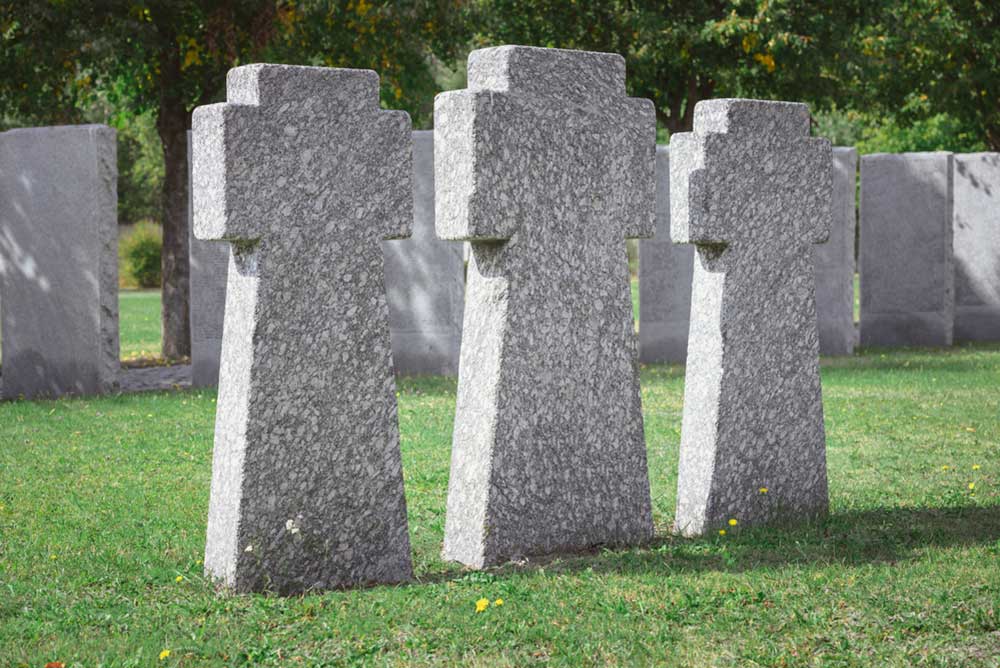Decline in Capital Punishment: A Shift in Juror and Prosecutor Perspectives
The landscape of capital punishment in the United States has significantly shifted over the past few decades. While there were once around 300 death sentences pronounced each year, this number dwindled to just 20 in 2023. Nineteen states have now outlawed capital punishment, and its imposition is decreasing in many others.
Changing Juror and Prosecutor Attitudes
Jurors are increasingly reluctant to impose the death penalty. In 2023, only twenty-seven counties out of over 3,000 nationwide sent anyone to death row. This shift is evident even in states like Texas, historically known for its high number of death penalty cases. In 2023, Texas saw six fewer executions than in the previous year.
When prosecutors seek the death penalty, they are successful far less often. The growing preference among jurors and prosecutors is for life without parole, reflecting a significant change in attitudes towards capital punishment.
Impact of Exonerations and Public Awareness
Exonerations have played a critical role in this national trend. The public’s growing interest in forensic science, true crime documentaries, and evolving police work has highlighted the potential for wrongful convictions. This awareness has contributed to the declining support for the death penalty.
Jurors are also mindful of the futility and costs associated with death sentences. Many death row inmates spend years appealing their sentences, leading to substantial expenses for the community. This inefficiency has led more jurors and prosecutors to favor life without parole or regular life sentences over the death penalty.
The Future of the Death Penalty
Given these trends, it is possible that the death penalty will become virtually obsolete in the next ten to twenty years. The increasing reluctance to impose capital punishment, combined with the preference for alternative sentences, suggests a continued decline in death penalty cases.
At Knox Defense, we are committed to providing insightful information on legal trends and advocating for fair and just legal practices. Our experienced attorneys stay informed on the latest developments in criminal defense to better serve our clients and the community.
For more information on our services and to learn how we can assist with your legal needs, contact Knox Defense today.
Posted in Capital Punishment, The Rule of Law

FREE CONFIDENTIAL CONSULTATION

